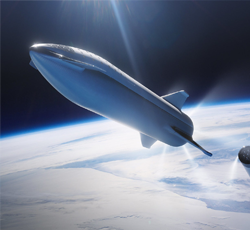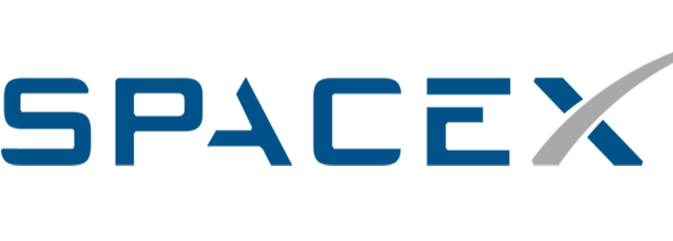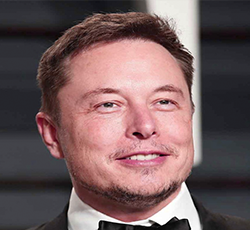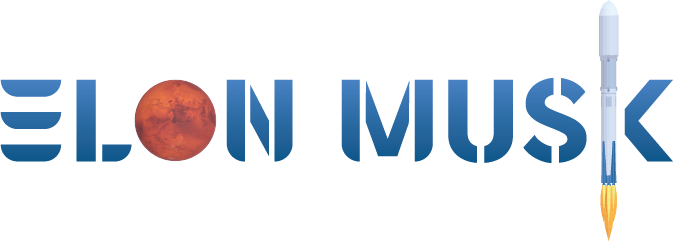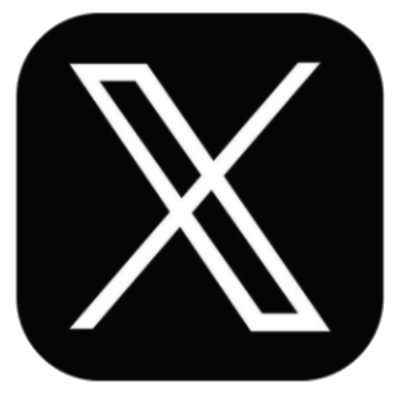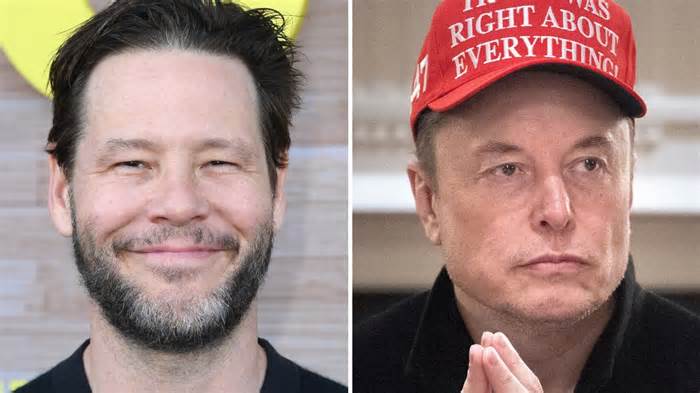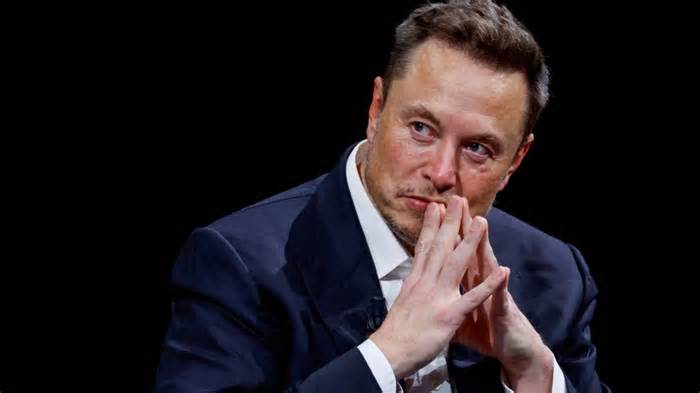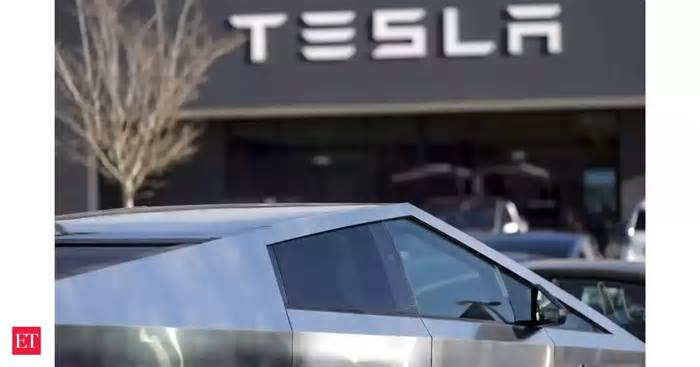
Uber revs up the pressure on Tesla with plan for a fleet of 20,000 robotaxis
- by Austin American-Statesman
- Jul 21, 2025
- 0 Comments
- 0 Likes Flag 0 Of 5
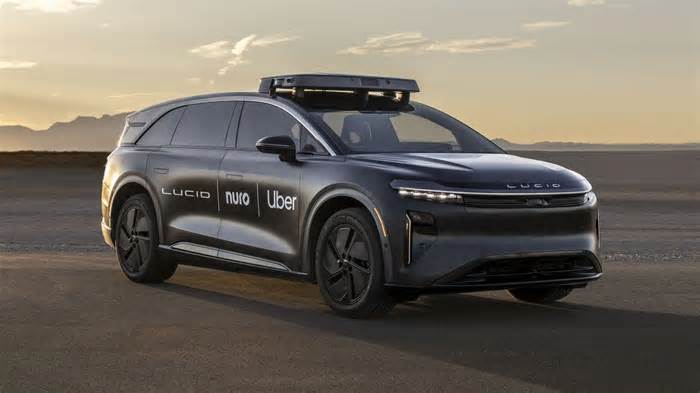
As part of the deal, his company is investing $300 million in Tesla competitor Lucid.
“This investment from Uber further validates Lucid’s fully redundant zonal architecture and highly capable platform as ideal for autonomous vehicles,” Marc Winterhoff, Lucid’s interim CEO, said in a statement.
Uber said it’s also making a “multi-hundred-million dollar” investment in privately held Nuro.
The service will “first launch in a major U.S. city next year,” Uber said, and a prototype is operating autonomously on a closed circuit at Nuro’s Las Vegas proving grounds.
Analyst Julian Linn said Lucid appears to be the biggest winner through increases both to its visibility and financing.
“I view these to be defensive measures by Uber as AVs (autonomous vehicles) continue to be a long-term secular threat to the business,” he said in a note.
Uber has already demonstrated its ambition to become the leading platform for driverless ride-hailing, having signed deals with Waymo, which is owned by Google parent Alphabet Inc., and German car giant Volkswagen AG.
Beyond Austin, Waymo self-driving cars are available on the Uber platform in Atlanta.
While autonomous cars for hire are becoming an everyday sight in parts of Austin and other U.S. and Chinese cities, they’re still largely unknown in most of the world. Earlier in the week, Uber announced a partnership with Chinese self-driving car firm Baidu Inc. aimed at introducing autonomous services outside the U.S. and China. The number of robotaxis operating in China is unclear but may top Waymo. READ NEXT: Tesla, Waymo, Zoox: What autonomous robotaxis are available in Austin?
With its 1,500 vehicles now completing more than 250,000 passenger rides per week in five U.S. cities, Waymo is the clear robotaxi leader in the U.S., though. Along with Austin and Atlanta, it’s operating in Los Angeles, Phoenix and San Francisco. It has said it will begin service by next year in Miami and Washington, D.C., and is seeking approval for New York City. It's testing in other cities, including San Antonio.
Waymo is also facing competition from Amazon.com Inc.’s Zoox, which announced last month it’s gearing up to make as many as 10,000 robotaxis annually at a sprawling plant near Silicon Valley and will roll out its service this year in Las Vegas and in 2026 in San Francisco. Its vehicles are designed specifically for autonomous ride-hailing and feature a bidirectional and symmetrical design.
Tesla launched its long-promised robotaxi service June 22 on a small scale and with a human supervisor in the passenger seat. Last weekend, it expanded its Austin service area to 42 square miles, up from the 20 it covered when it launched the pilot program. Waymo responded Thursday by more than doubling its Austin service area to 90 square miles.
Musk has claimed that most new Tesla cars already have the technology to drive autonomously. Because of that, he said, there could eventually be millions of self-driving Teslas offering ride-hailing service through the company’s Robotaxi app, with his company holding more than 90% of the market.
However, autonomous vehicle experts, competitors, lawmakers and highway safety officials have expressed doubts about how reliably Teslas can operate without a driver. They rely solely on cameras and AI and Musk is vociferously against also using more expensive laser radars that scan the surroundings. Such combined systems are used by Waymo, Zoox and other autonomous vehicle makers.
Shares in Lucid closed Friday at $3.04, up nearly 33% for the week. Tesla shares had a weekly gain of about 5%, closing at $329.65. Uber fell about 5% to $90.59.
Please first to comment
Related Post
Stay Connected
Tweets by elonmuskTo get the latest tweets please make sure you are logged in on X on this browser.




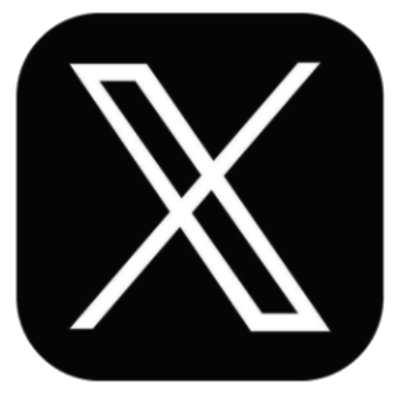

 Energy
Energy